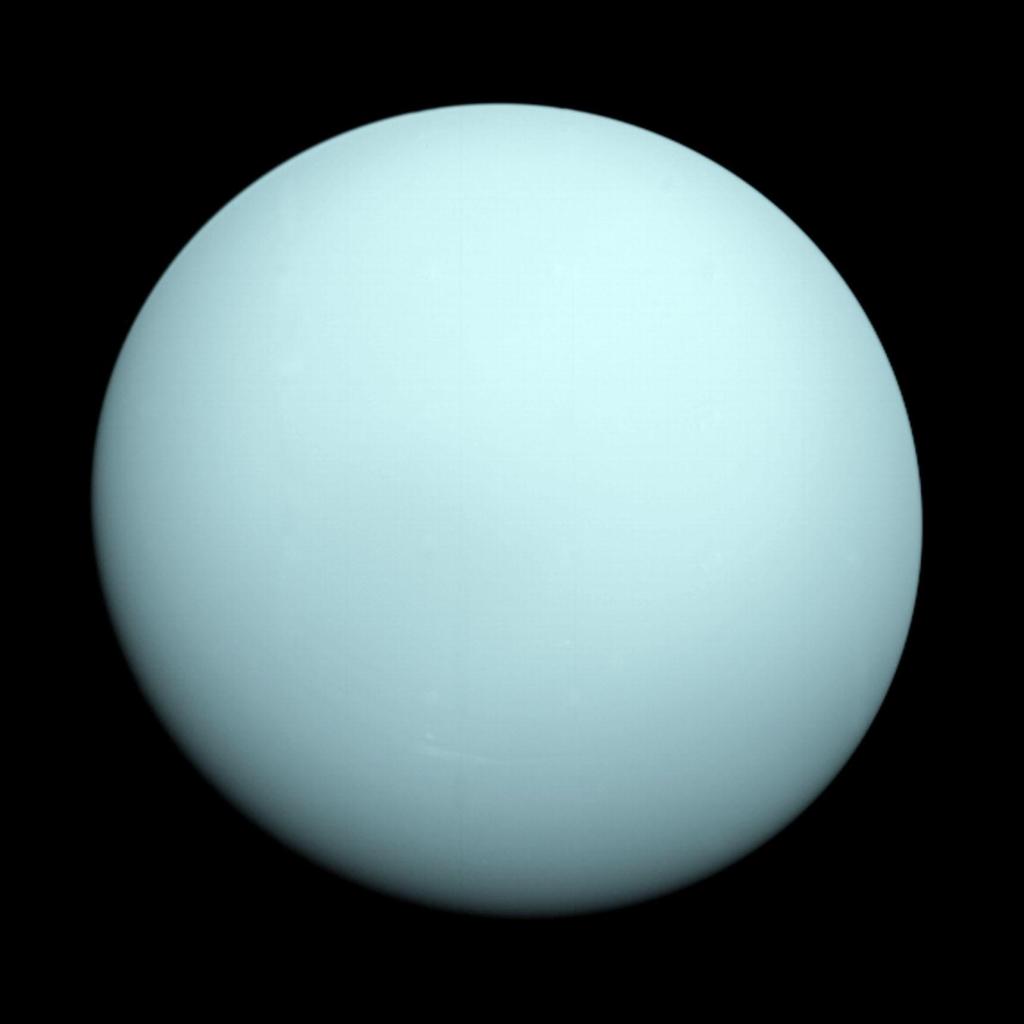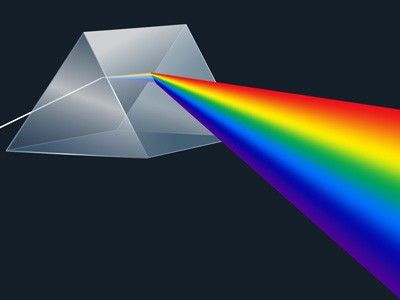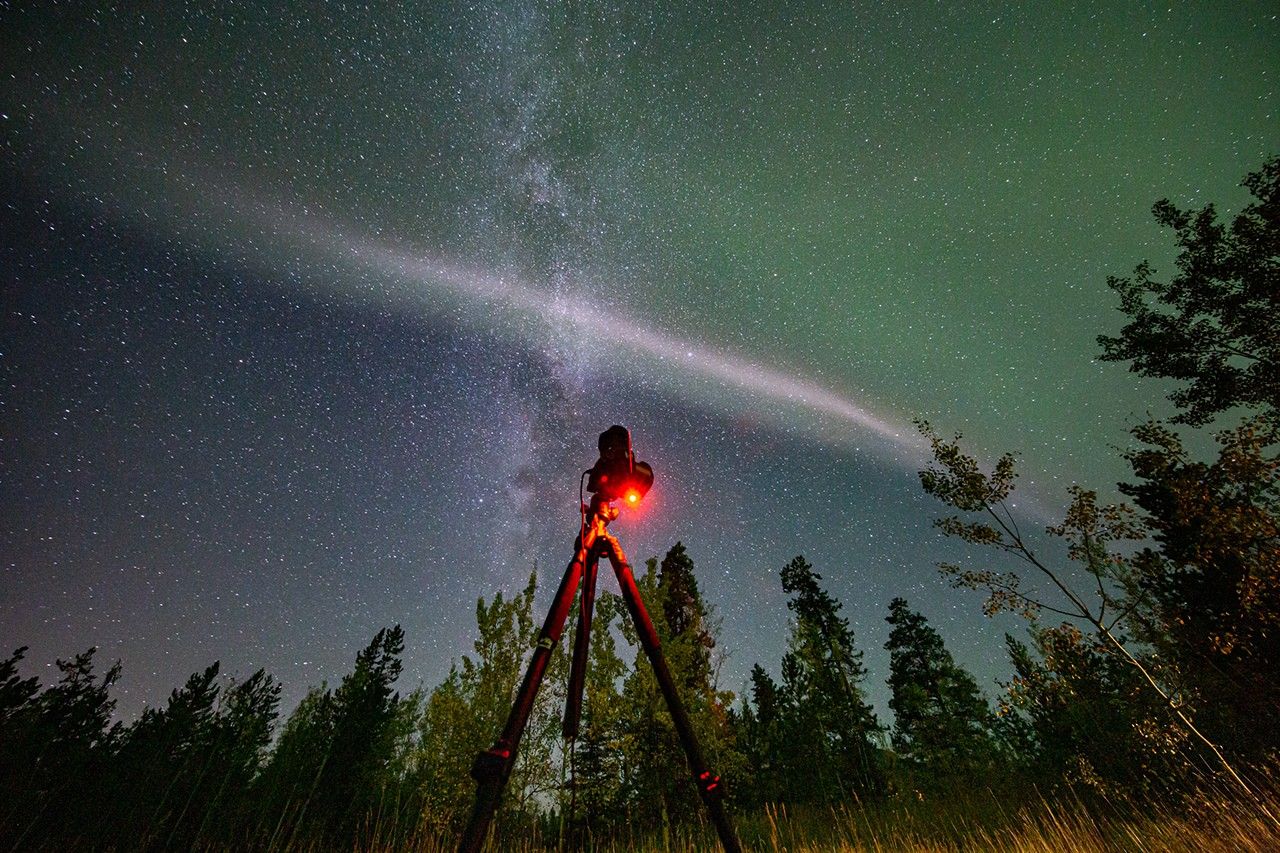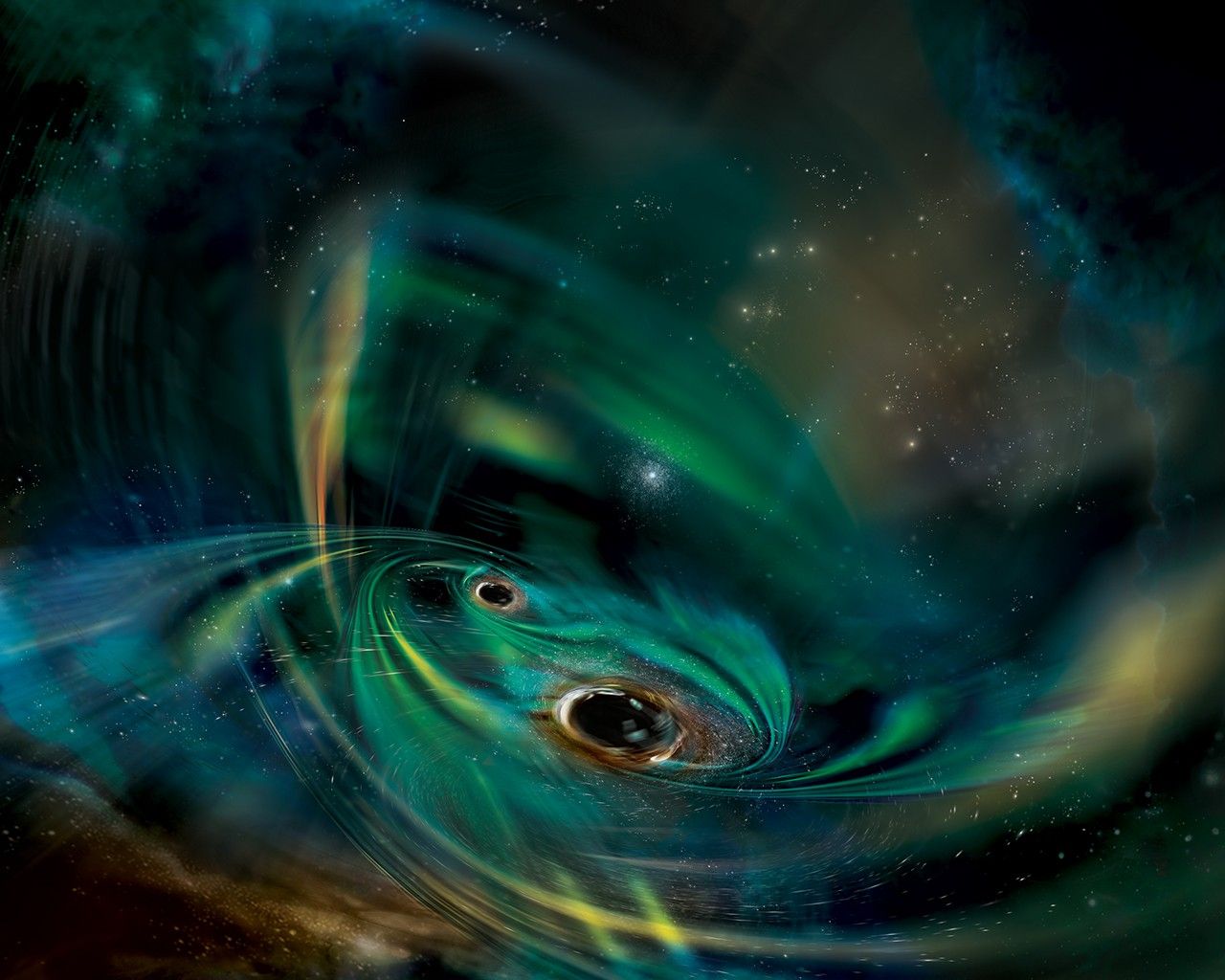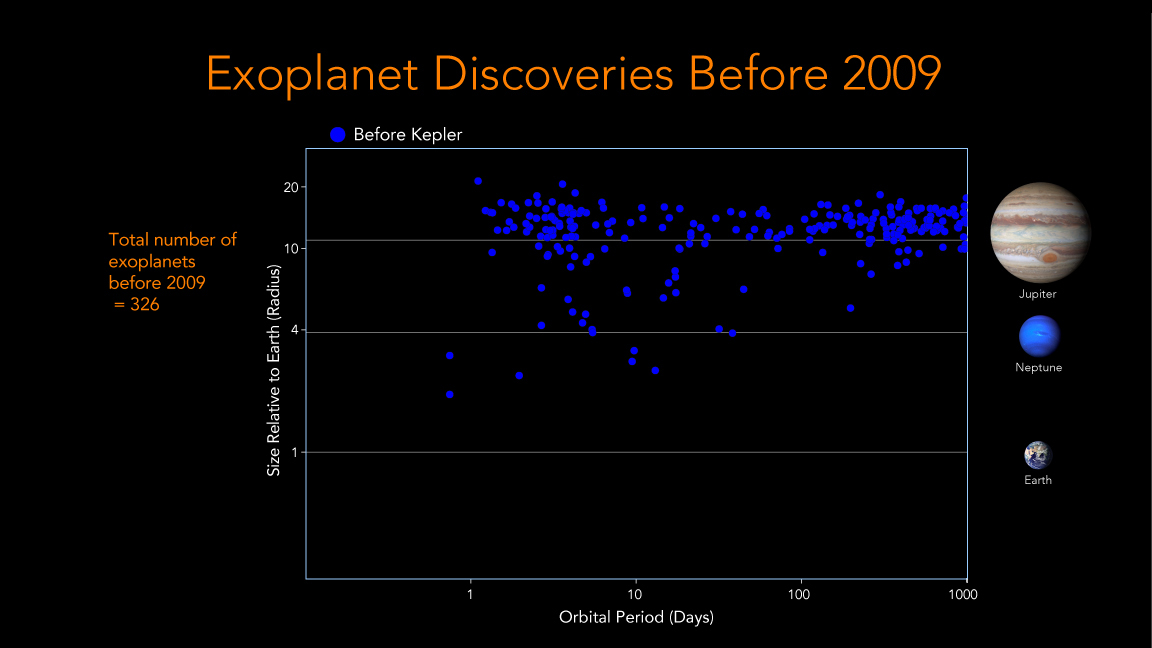NASA will host a media teleconference at 1 p.m. EST Thursday, Dec. 14, to announce the latest discovery made by its planet-hunting Kepler space telescope. The discovery was made by researchers using machine learning from Google. Machine learning is an approach to artificial intelligence, and demonstrates new ways of analyzing Kepler data.
Teleconference audio and visuals will stream live at:
The briefing participants are:
- Paul Hertz, Astrophysics Division director at NASA Headquarters in Washington
- Christopher Shallue, senior software engineer at Google AI in Mountain View, California
- Andrew Vanderburg, astronomer and NASA Sagan Postdoctoral Fellow at The University of Texas, Austin
- Jessie Dotson, Kepler project scientist at NASA’s Ames Research Center in California’s Silicon Valley
NASA will host a Reddit Ask Me Anything at 3 p.m. EST today on this discovery.
NASA Media Advisory
NASA Media Teleconference Audio File and Transcript
NASA Press Release
Short Video – Artificial Intelligence and NASA Data Used to Discover Eighth Planet Circling Distant Star
Figure 1
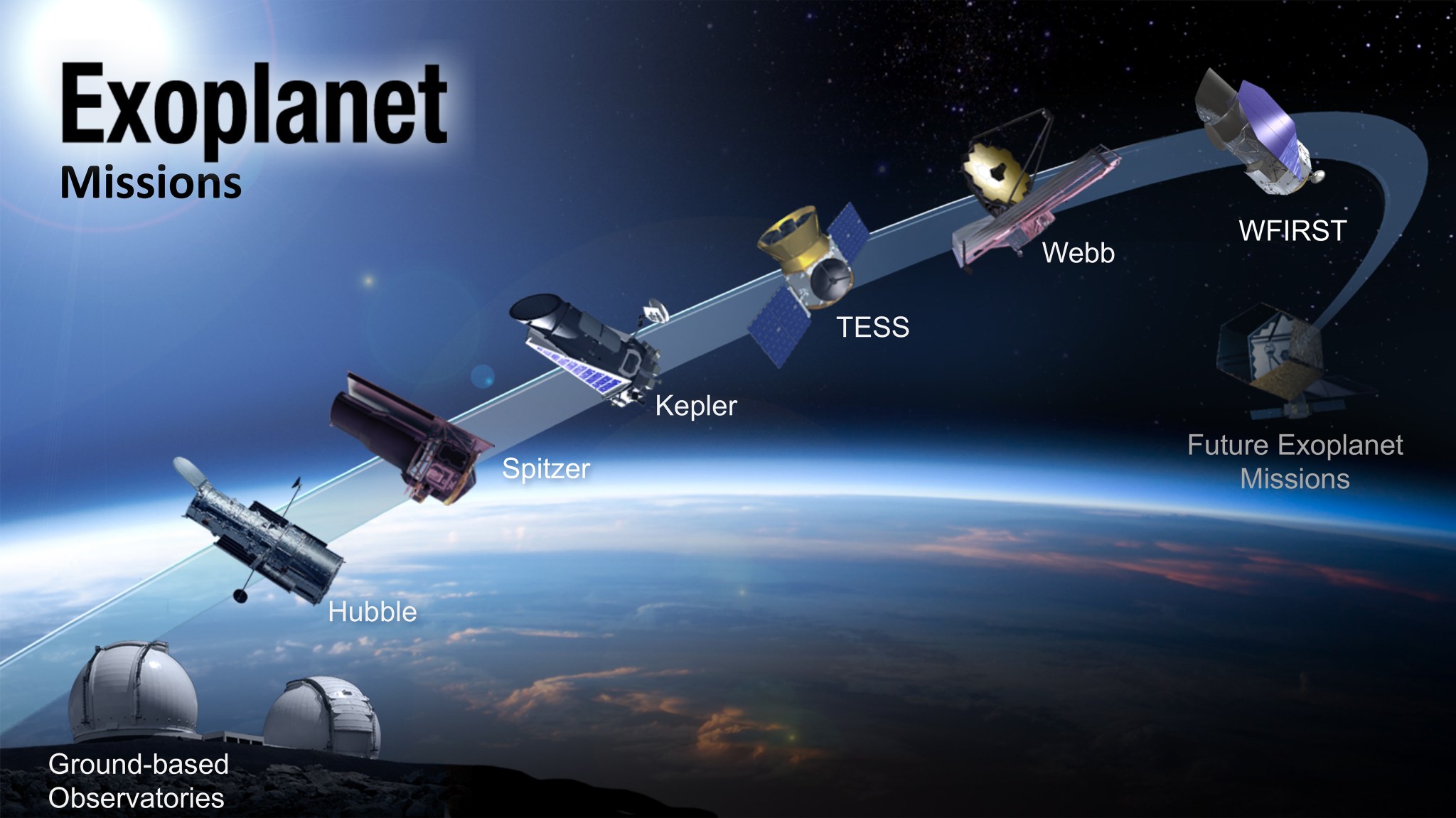
Figure 2
Figure 3
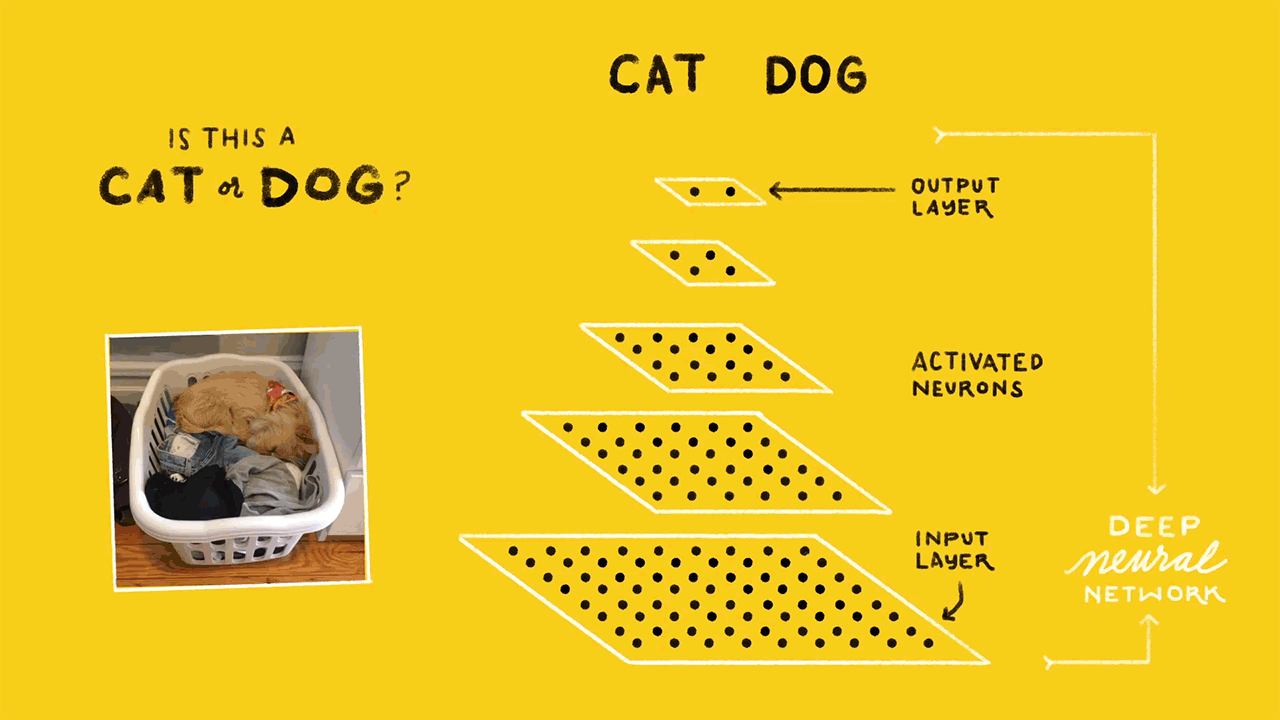
Figure 4
Figure 5
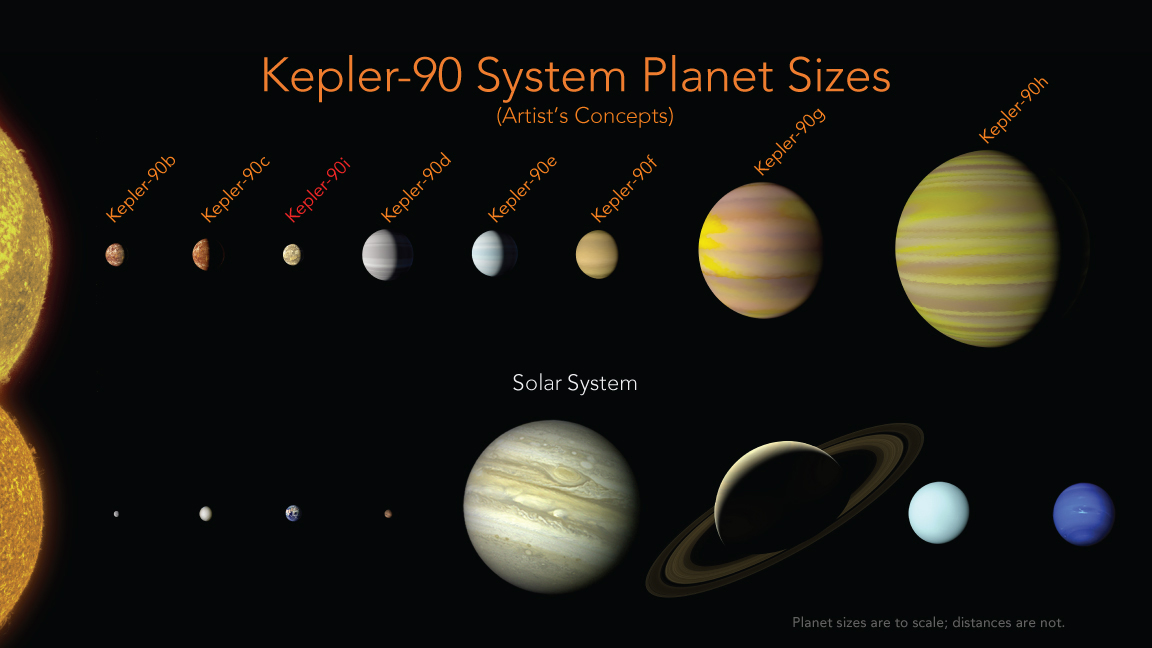
Kepler-90 System Planet Sizes
Figure 6
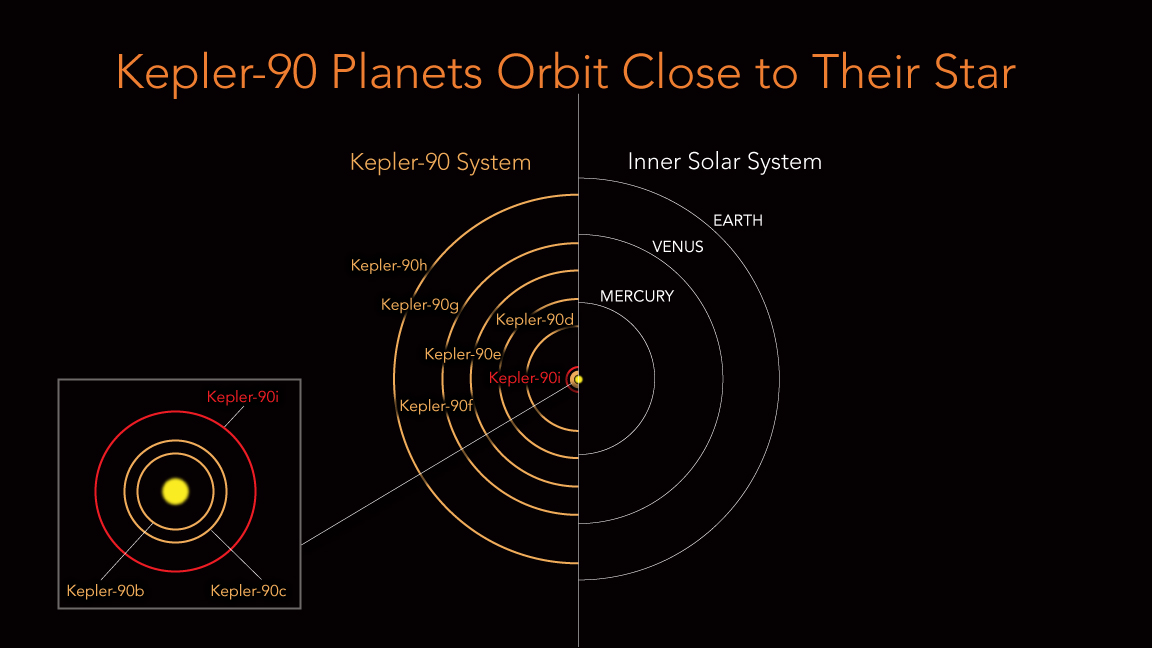
Kepler-90 Planets Orbit Close to Their Star
Figure 7
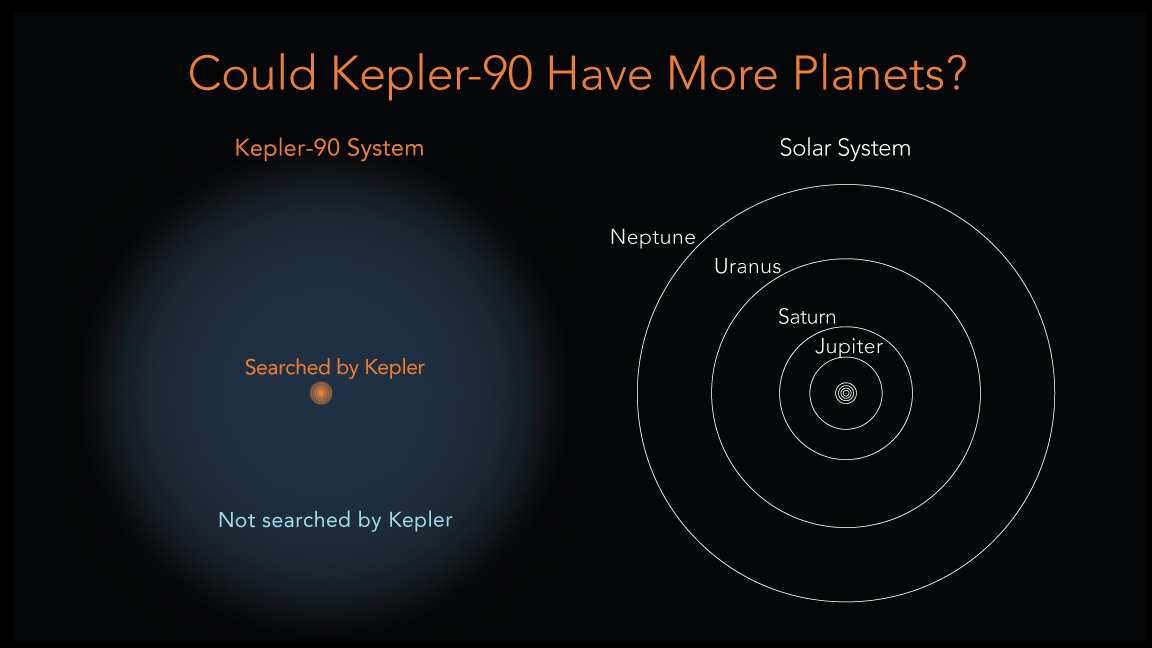
Could Kepler-90 Have More Planets?
Figure 8

Planetary Systems by Number of Known Planets
Figure 9
Figure 10
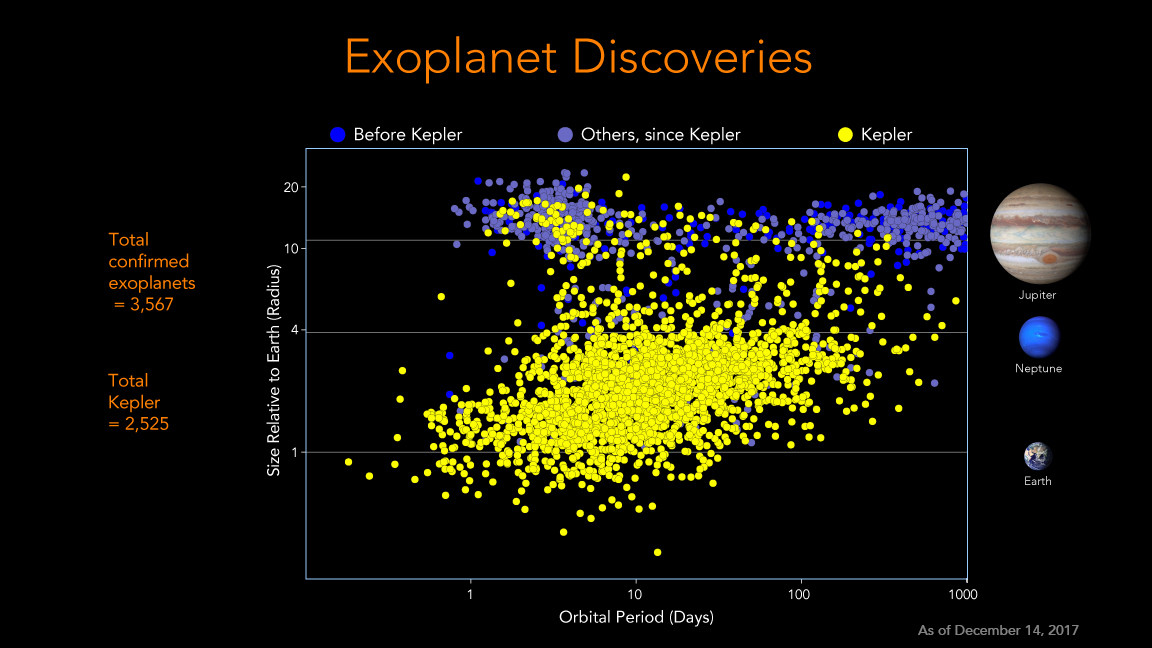
Exoplanet Discoveries


